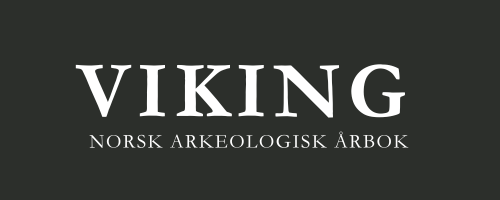Billedtepper fra Gudbrandsdalen og sagnet om Heknesøstrene
DOI:
https://doi.org/10.5617/viking.9860Sammendrag
An intriguing combination of tapestry weave, legend and myth arose in Gudbrandsdalen in the 17th century. The legend about the conjoined twin master weavers is still living as a local story, and is now being conveyed to an international audience through novels written by Lars Mytting. The legend is tightly connected to a distinct form of tapestry weave, depicting biblical stories and narratives rooted in medieval poetry. The traditional interaction between visual and oral storytelling might be an important key to understanding the textiles. Visual stories told through tapestries have a long tradition in Norway, traceable from the 9th century tapestries from the Oseberg Viking ship grave onto the tapestries from Gudbrandsdalen. The legends about the extraordinary weavers that created tapestries in Gudbrandsdalen provide an extra dimension, linking the idea of conjoined twins as creatures of paradox with the pre-Christian tradition of natural signs that had to be de-coded.
Nedlastinger
Publisert
Utgave
Seksjon
Lisens
Fra og med årgang 2016 er innhold i tidsskriftet Viking - dersom ikke annet er uttrykt - lisensiert gjennom Creative Commons Lisens BY-NC-ND-4.0. Dette betyr at innhold kan kopieres, distribueres og spres i hvilket som helst medium eller format, så lenge disse vilkårene er fulgt.



